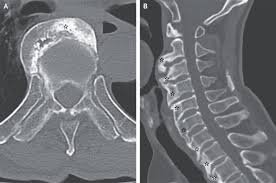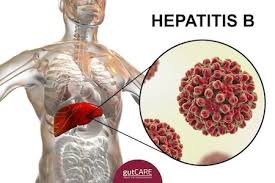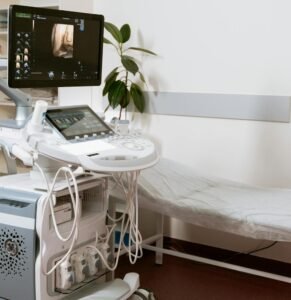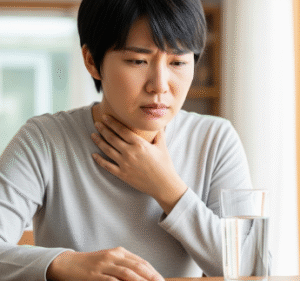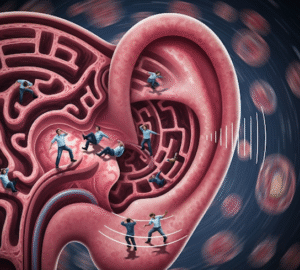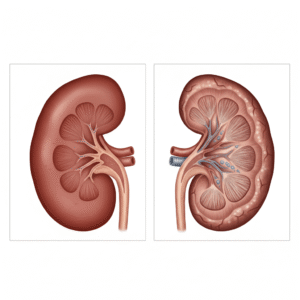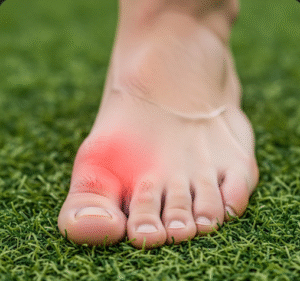Overview
Diffuse Idiopathic Skeletal Hyperostosis (DISH) is a condition characterized by abnormal calcification and ossification of ligaments and tendons, primarily along the spine. It can lead to stiffness, pain, and limited mobility. In Korea, patients with DISH benefit from advanced orthopedic and rheumatology care, including modern imaging techniques, physical therapy, and minimally invasive procedures to manage symptoms and maintain mobility.
What is Diffuse Idiopathic Skeletal Hyperostosis?
DISH is a non-inflammatory musculoskeletal disorder that most commonly affects the spine, particularly the thoracic region, though peripheral joints can also be involved. Unlike other forms of arthritis, DISH does not primarily affect the joint spaces but causes bony outgrowths (osteophytes) along ligaments, leading to stiffness and potential nerve compression.
Symptoms
- Gradual stiffness in the spine, especially in the morning
- Pain in the back, neck, or shoulders
- Limited range of motion in affected areas
- Tingling or numbness if nerves are compressed
- Difficulty swallowing or breathing (rare, due to cervical spine involvement)
Causes
- The exact cause of DISH is unknown
- Age-related degeneration and genetic predisposition
- Metabolic conditions such as obesity, diabetes, and high cholesterol may contribute
- Repetitive mechanical stress on ligaments
Risk Factors
- Age over 50
- Male gender (more common in men)
- Obesity and metabolic syndrome
- Type 2 diabetes
- Sedentary lifestyle
Complications
- Chronic pain and reduced mobility
- Nerve compression causing radiculopathy
- Increased risk of spinal fractures due to rigidity
- Difficulty swallowing or breathing in severe cervical involvement
- Reduced quality of life due to functional limitations
Prevention
- Maintaining a healthy weight
- Regular exercise to improve spinal flexibility and posture
- Managing diabetes, cholesterol, and metabolic conditions
- Avoiding repetitive spinal strain
Treatment Options in Korea
Diagnosis
- X-rays to detect ligamentous calcification
- CT scans for detailed bone structure imaging
- MRI if nerve compression or spinal cord involvement is suspected
- Blood tests to assess metabolic conditions
Medical Treatments
- Nonsteroidal anti-inflammatory drugs (NSAIDs) to relieve pain and inflammation
- Analgesics for chronic pain management
- Physical therapy focusing on stretching, strengthening, and improving mobility
- Lifestyle modifications to manage metabolic risk factors
Surgical or Advanced Therapies
- Surgery is rarely needed, but may be considered in cases of:
- Severe spinal nerve compression
- Difficulty swallowing or breathing due to cervical involvement
- Minimally invasive spinal procedures available in Korean orthopedic centers
Rehabilitation and Support
- Physical and occupational therapy to maintain flexibility and daily functioning
- Ergonomic education for workplace or home settings
- Pain management programs combining therapy and medications
- Patient education on disease progression and lifestyle management

